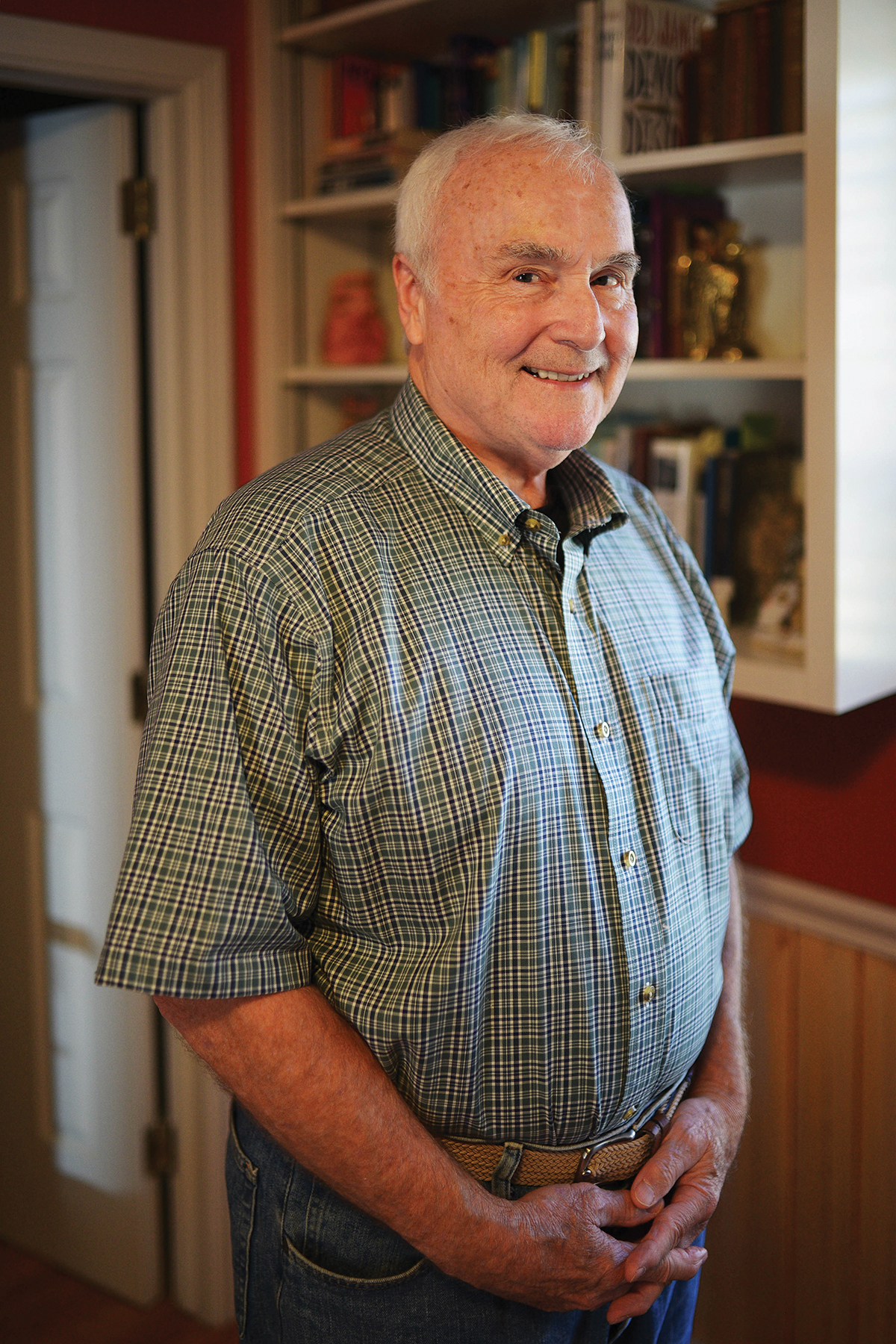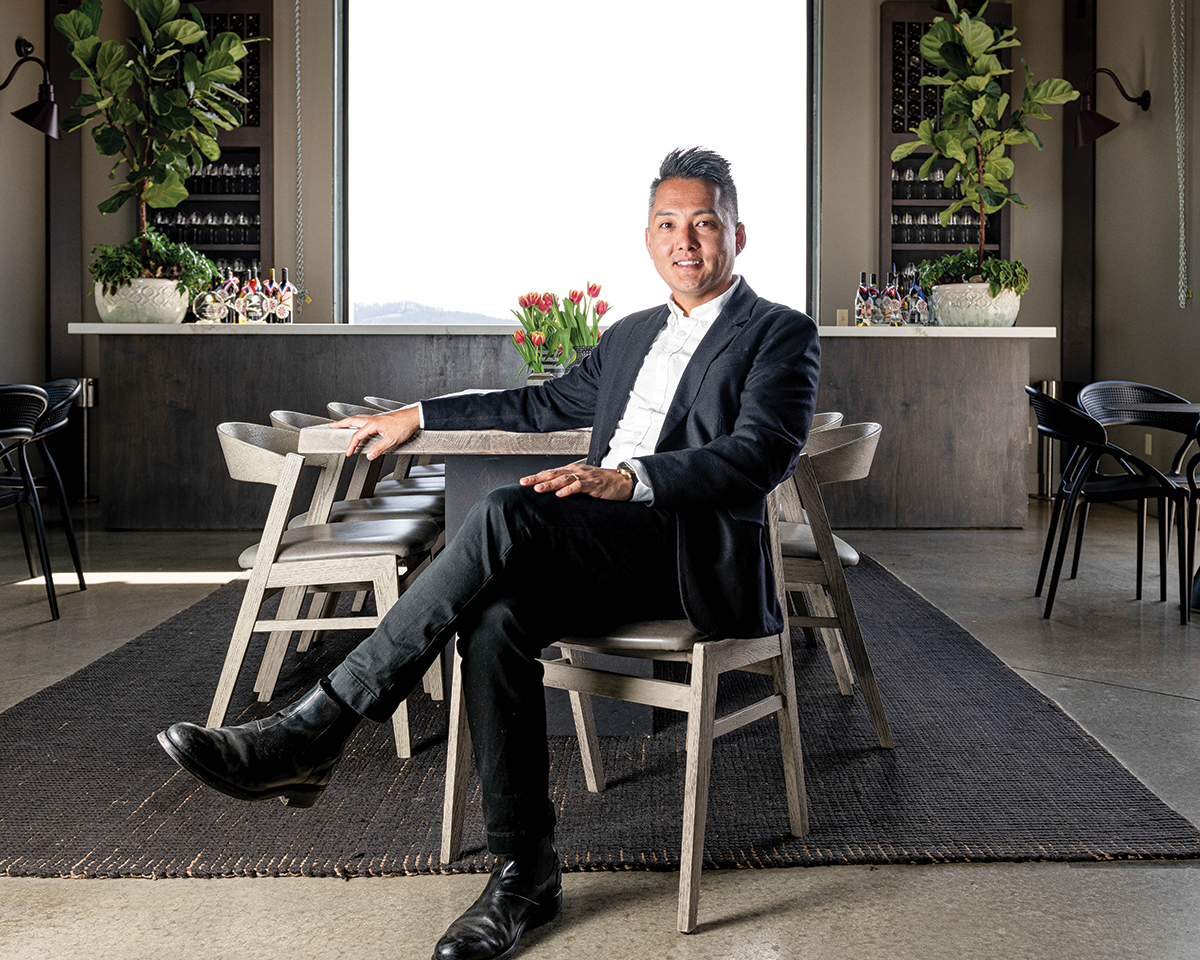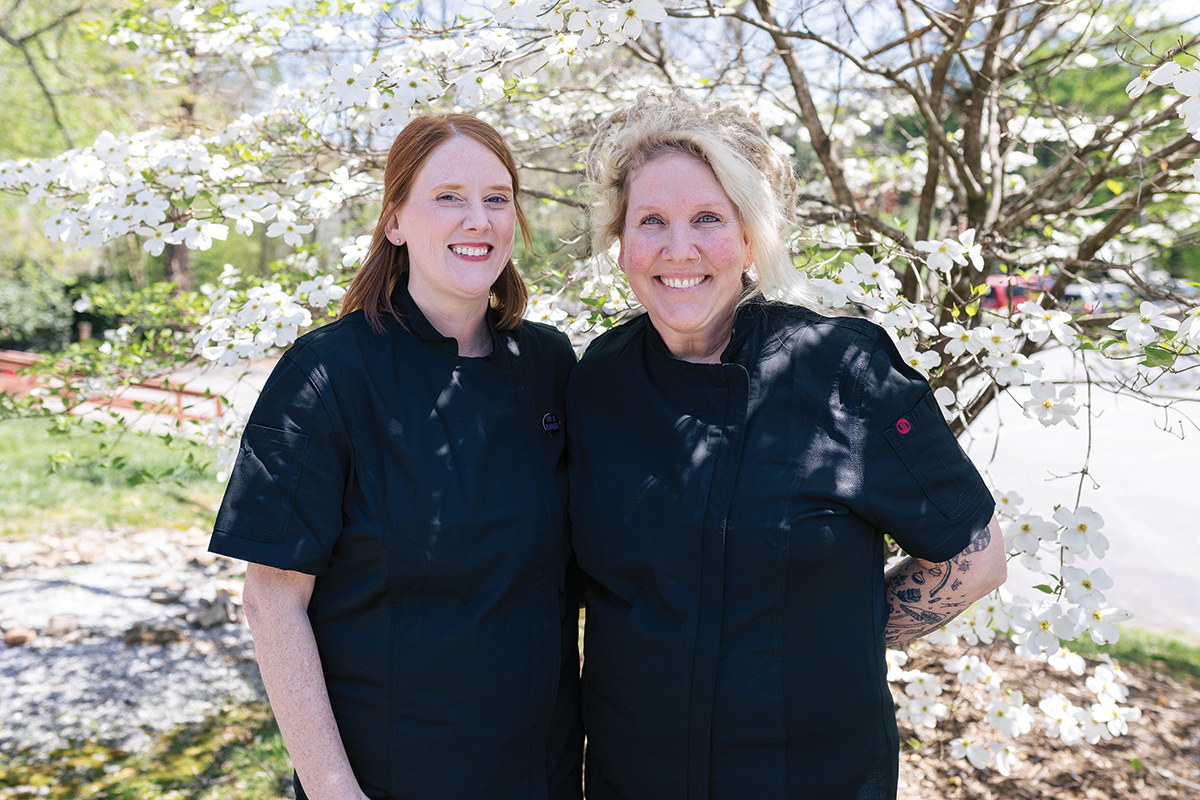Lecture series reveals little-known Sandburg facts

John W. Quinley will tell you what you didn’t yet know about Carl Sandburg.
Portrait by Pat Barcas
When it comes to Carl Sandburg, John W. Quinley can always find something new to discover — from articles, poems, letters, first-person narratives, and biographies, to previously unnoticed objects at Connemara in Flat Rock, the estate (now a National Historic Site) where Sandburg lived his last 22 years.
“Most people have only the smallest inkling of what he accomplished in his life,” says Quinley, a retired college administrator who’s leading a lecture series at the Blue Ridge Center for Lifelong Learning in January.

(Photo of Sandburg, used courtesy of the Carl Sandburg Home National Historic Site)
The child of Swedish immigrants, Sandburg was a pioneer of the new, free-verse-adjacent, Modernist style of poetry that would earn him critical and popular acclaim. He also wrote a six-volume biography of Abraham Lincoln — and, as Quinley points out, “[that] great work aimed at understanding the former president as a person, not as a myth.”
In the same way, Quinley says he “wants people to understand Sandburg the person as well as the poet — whether it’s the poor kid leaving school to work at age 13, to the three-time Pulitzer Prize winner with his dogs and goats at Connemara.”
It was at Connemara, where he volunteered for years as a docent, that Quinley’s interest in Sandburg blossomed into an abiding fascination. He began researching Sandburg’s past in depth, finding a huge body of unexpected material.
“After his early successes, Sandburg was quite famous, a superstar on the lecture circuit,” says Quinley. “He didn’t like staying at hotels, so he depended on a variety of people to host him … a kind of surrogate family [who gave] him the space he needed to write and protect him from his own celebrity.
“This was an amazingly diverse group — including graduate students, opera singers, cartoonists, journalists, and musicians. Their stories about Sandburg introduce things about him that people have forgotten, or never knew at all.”
Among them, Sandburg was a lifelong guitar player and devotee of folk music, long before “folk” had significant cultural cachet. His Great American Songbag included music, lyrics, and commentary for about 280 collected folk songs.
“Bob Dylan even came to visit him in 1964,” reveals the lecturer.
Quinley’s series goes wide, covering the accomplishments of Sandburg’s immediate family, too, including his beloved wife Lilian (he called her “Paula”); his brother-in-law, photographer William Steichen; and his daughter Helga.
Anyone who visits Connemara learns about Lilian’s prizewinning herd of dairy goats, whose descendants still live on the farm. “But not everyone knows that Helga bred Doberman Pinschers at Connemara,” says Quinley.
His enthusiasm is infectious. “I learned that I grew up in a house just a few blocks away from Sandburg’s one-time home in Maywood, Illinois. Sometimes that connection feels almost mystical.”
For most, though, it’s Sandburg’s earthiness — his “poet of the people” status — that continues to resonate.
“He’s so authentic. I believe he offers a little something for everyone.”
John W. Quinley presents “The Life and Works of Carl Sandburg and Family” in person on Wednesdays, 10am-12pm, January 12, 19, and 26, in Room 233 of the Sink Building at Blue Ridge Community College in Flat Rock. Quinley’s “Sandburg Sidebars” — fun, little-known facts — is an online series happening Wednesdays, December 1 and 8, 10-11am, via Zoom. For registration information, see brcll.com.



